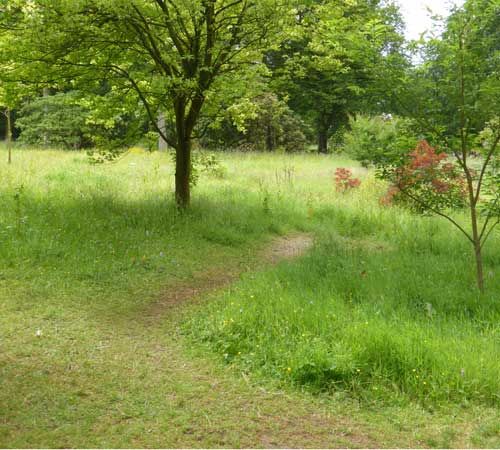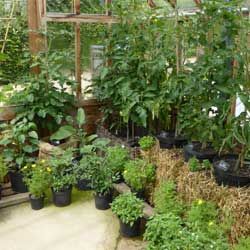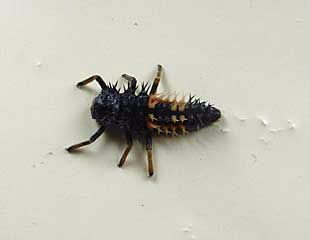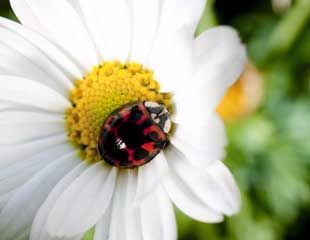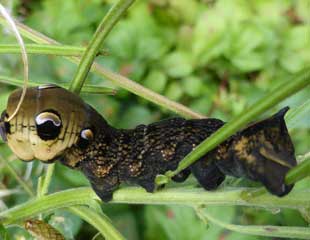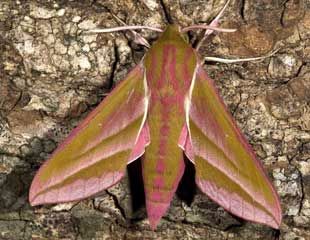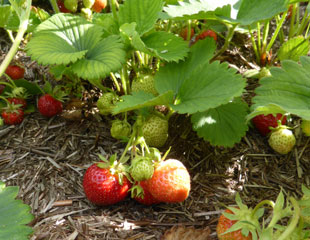The Beauty of Bodnant Garden in Wales
Posted on
|
I have always wanted to visit Bodnant Gardens in Wales and now I have, I just want to go back there and visit all over again. It is without doubt one of the most stunning, varied and simply beautiful gardens I have visited. There are so many different areas and it is huge, 80 acres with lots of walks. There are formal areas with immaculate planting, Italian style, with a white garden and rose garden after rose garden in full bloom. A whole border of Dierama with various planting and grasses which is so unusual. The whole garden has many of the streams fringed with lush planting of Hosta (noticeably in tact with very little slug snail damage, I know not how given the wet conditions) Astilbe, huge Royal Ferns, and lovely blue Hydrangea. There are extensive woodland areas including an Acer glade and huge Redwoods opening up into meadow and grassy areas so relaxing to walk through. The garden is so big just I could not see it all; but a stunning very impressive garden which clearly would look equally fabulous in the Spring and Autumn. The garden is situated in Conway, North Wales, just on the edge of the Snowdonia National park in beautiful countryside. The garden is featured on the National Trust web site and there are more images on Pinterest Bodnant Garden |
 |
 |
 |
 |
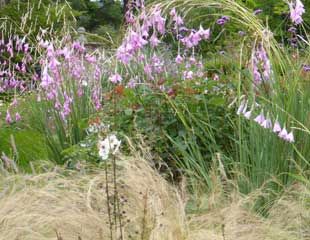 |



